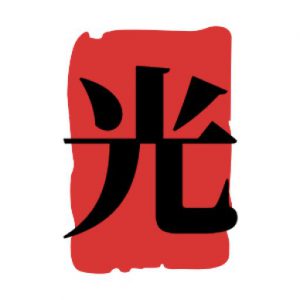衣服的英语-衣服类单词英语30个
在英语中,衣服的统称可以用clothes或clothing来表达。其中,clothes是一个没有单数形式的复数名词,总是以复数形式出现;而clothing则是一个没有复数形式的不可数名词。举例说明如下:
把衣服泡在冷水中:Soak the clothes in cold water.
婴儿服装的英文表达为:baby clothes。
参加面试时,不应该穿着休闲装。而是要穿得得体、正式。
由于clothes前不可加不定冠词及数词,当我们要表示衣服的数量时,可以使用some、these、those、many、few等词进行修饰。如:
正确的表达方式:Those clothes;Few clothes;Many clothes。
尽管clothes不能被数词直接修饰,但当使用代词时,可以用ones来代替。例如:
当他进入银行工作后,他换掉了非正式的服装,穿上了正式的服装。
与此不同的是,clothing是一个不可数名词,是衣服的总称。它表达的是一种抽象的“衣服、服装”概念,与食物、水等具体物品相区别。举例如下:
他们穿得很少的衣服:They wear very little clothing.
小孩依赖于父母的供给,包括食物和衣服:Children depend on their parents for food and clothing.
在市场上,这种衣服特别受青少年欢迎:This clothing sells well to the teenage market.
从概念上讲,clothes的含义更为具体,而clothing则更为抽象。例如:
她把衣服挂在绳子上晾干:She hung the clothes on the line to dry.
我们的衣服能为我们抵御寒冷:Our clothing protects us against the cold.
我换了身衣服:I changed my clothing.
他正在洗衣服:He is washing his clothing.
需要买衣服时可以说:我需要买些衣服。
如果要用作主语时,其后的谓语动词需使用单数形式。例如:
穿宽松的衣服可以让你活动自如:Loose clothing gives you greater freedom of movement.
尽管clothes和clothing存在细微差别,但在很多情况下它们可以互换使用。如:
在山里,厚实的衣服是必不可少的。
在习语“披着羊皮的狼”中,习惯上使用clothing。例如:
他原来是一只披着羊皮的狼。
表示一套衣服时,可以使用suit或set。如:
乔治穿着一套新衣服。
我将会带一套干净的衣服。
以下是一些与衣物相关的常用词汇搭配:
夏装:summer clothing;冬装:winter clothing。
换衣服:change clothing;穿上衣服:put on clothing。
穿衣服:wear clothing;卖衣服:sell clothes。
缝衣服:sew clothes;衣服:take off clothes。
试穿衣服:try on clothes;洗衣服:wash clothes。

